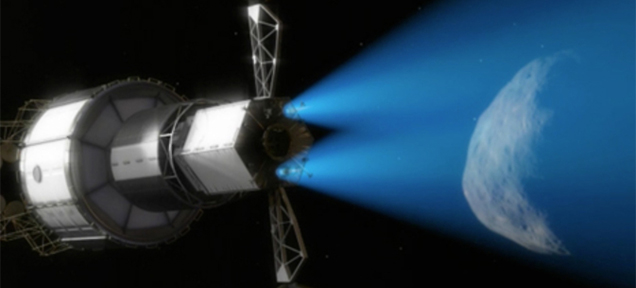By the end of the decade, NASA will send a robotic spaceship to grab a 12-metre asteroid and bring it close to Earth, placing it in an orbit around the Moon, and then send astronauts in an Orion spaceship to study it. The space agency just published six papers detailing this historic mission, crucial for humanity’s future.
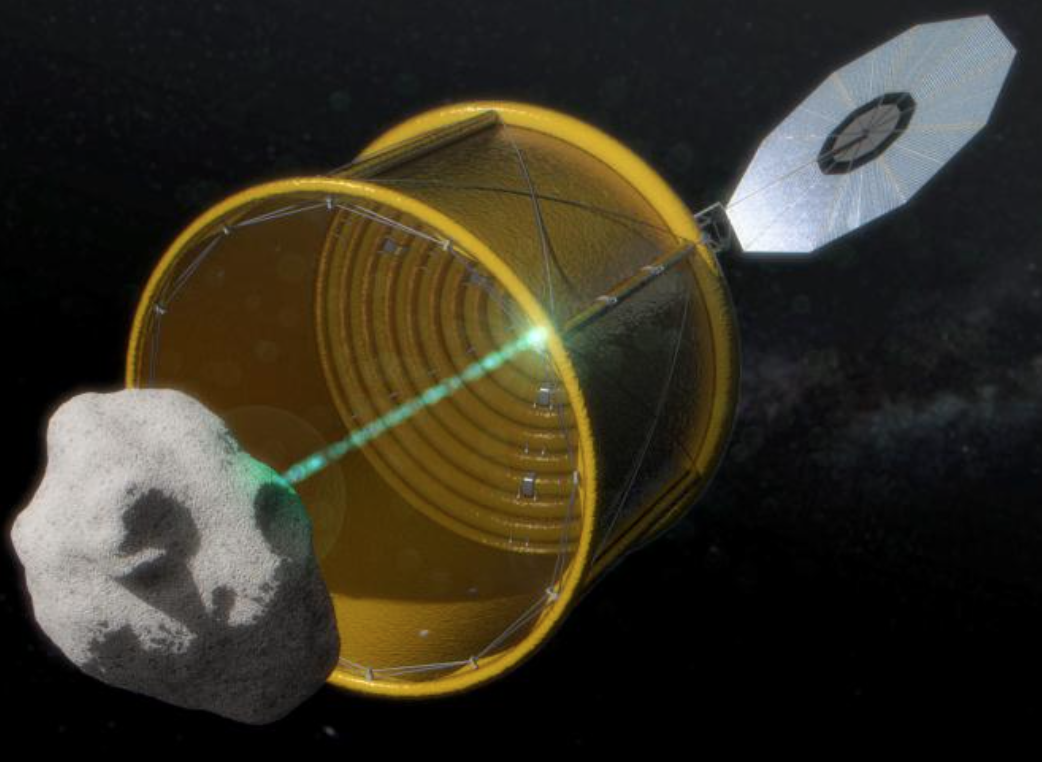
NASA plans to launch an ARM robotic spacecraft to rendezvous with, capture and redirect an asteroid mass near the end of this decade. The spacecraft will redirect it to a stable orbit around the moon called a “Distant Retrograde Orbit.” Astronauts aboard NASA’s Orion spacecraft, launched from a Space Launch System (SLS) rocket, will explore the asteroid in the mid-2020s.
One of the initial concepts for the robotic vehicle that can capture the asteroid and bring it back to Earth orbit.
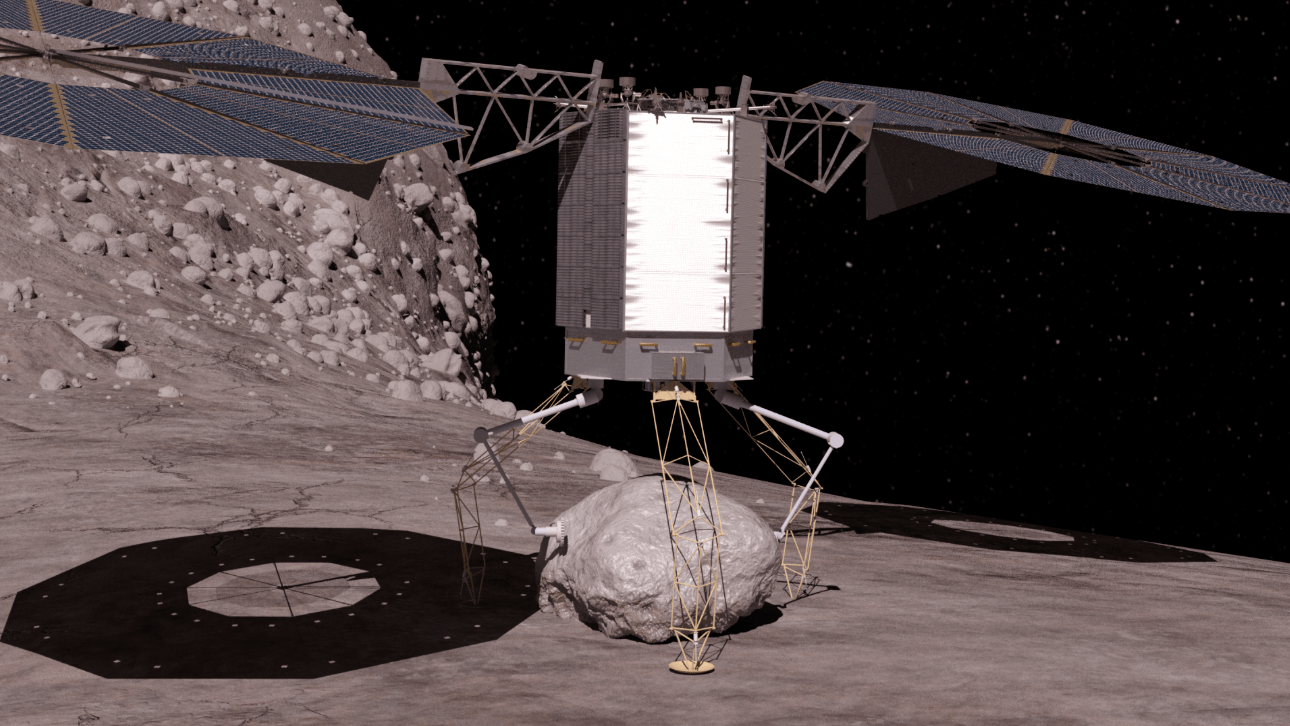
Another concept for an asteroid robotic vehicle. This one would pick a boulder from a larger body.
NASA is calling it the Asteroid Redirect Mission and they say it will be an important test bed for new technologies “to support future human missions to Mars.” These papers talk about them.

An Orion spaceship docking with the asteroid redirect vehicle.
Advanced Solar Electric Propulsion
Solar Electric Propulsion is one of these new critical technologies. With it, we will be able to send large payloads — food, equipment, fuel, oxygen — to Mars and deep space missions without having to create giant rockets. While SEP already exists and it’s in operation, more work is needed to take it to the level needed to move a big mass to faraway distances.
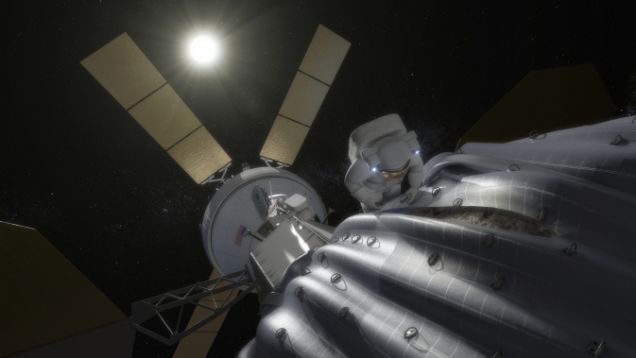
SEP creates thrust powered by solar arrays, which transforms sunlight into electromagnetic fields that accelerate and expel charged atoms (ions). This is a very efficient way to power a spacecraft and significantly cuts down on the amount of propellant a spacecraft needs to carry, which can be heavy and expensive to launch from Earth. Current studies at NASA detailed in the papers are examining ways SEP will be used to power the ARM robotic mission.
Astronaut working on a captured asteroid after docking with the Asteroid Redirect Vehicle.
In addition to the work on advanced SEP, the mission will also need new systems to “enhance detection, tracking, and characterization of near-Earth asteroids, enabling an overall strategy to defend our home planet.” Which sounds awesome to me. One of the new systems could the Near Earth Asteroid Scouts, small automated probes that will be send to the asteroid to map its surface.
Another positive side effect of this mission will be to “demonstrate basic planetary defence techniques that will inform impact threat mitigation strategies required to defend our home planet.” Since we are going to be using a robot to slowly push an asteroid off its current orbit and move it to where we want it, we will be able to use this knowhow to deflect any asteroids that are coming our way on their own.
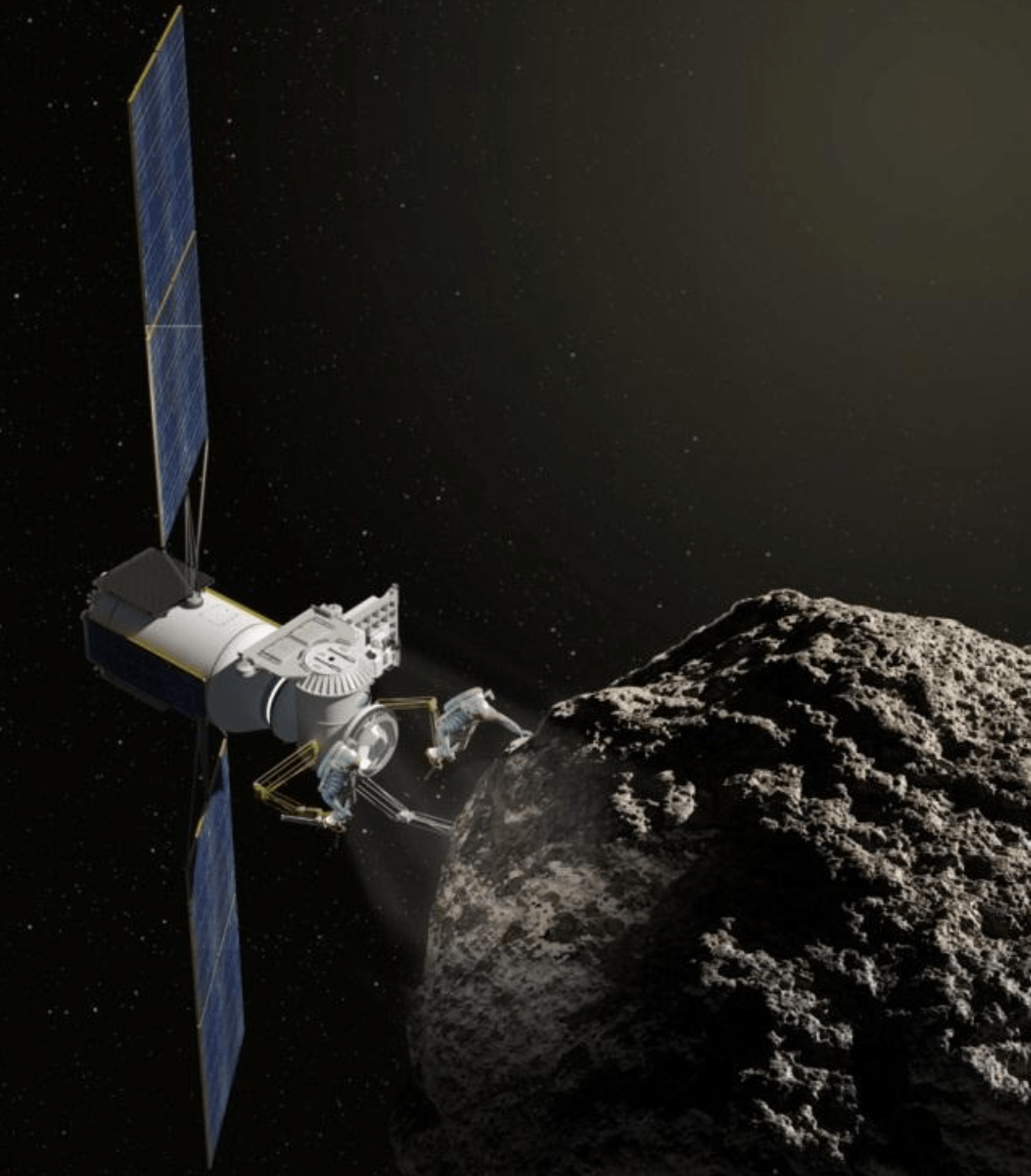
SEP-based excursion vehicle concept for a human NEA mission.
NASA is also looking for this mission to be a business opportunity for private companies by developing ad demonstrating mining techniques on asteroids after moving them near the Earth.
You can download the papers and read individually here:
